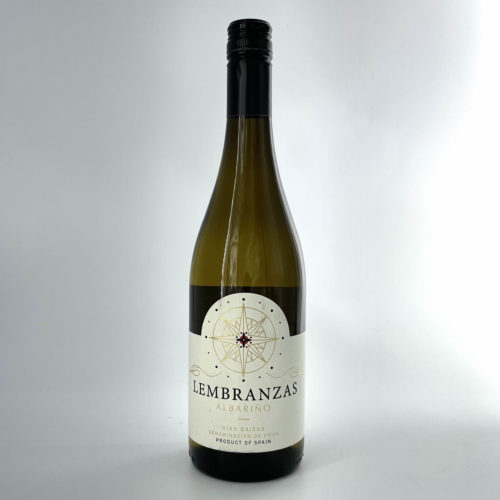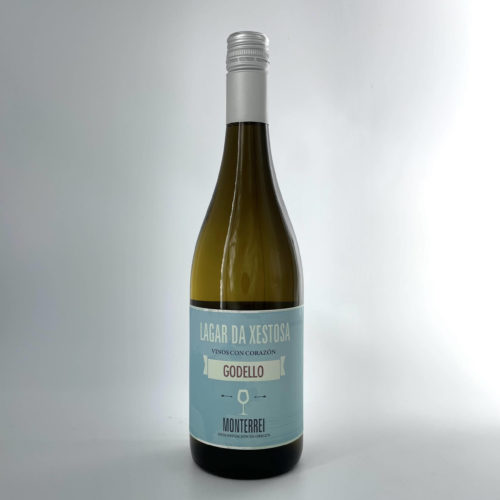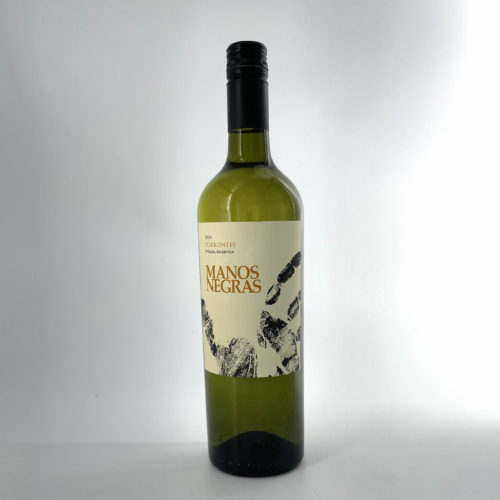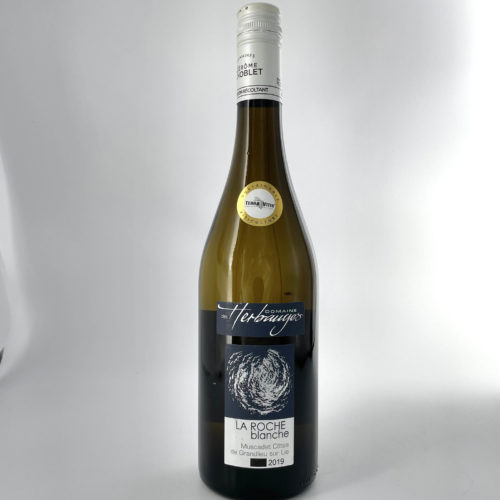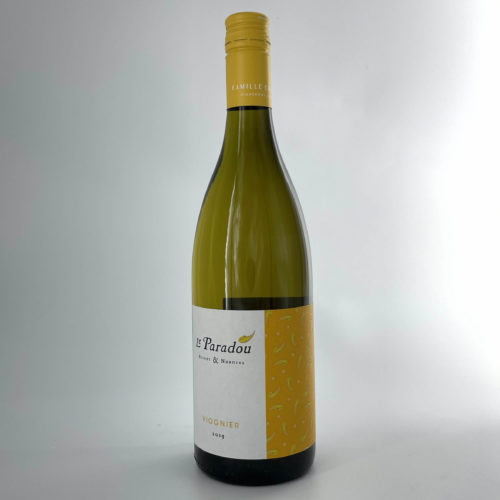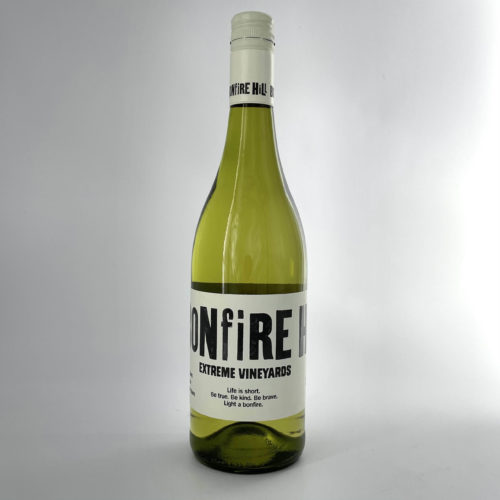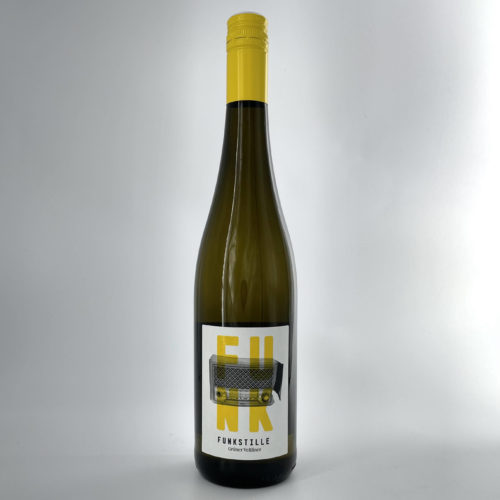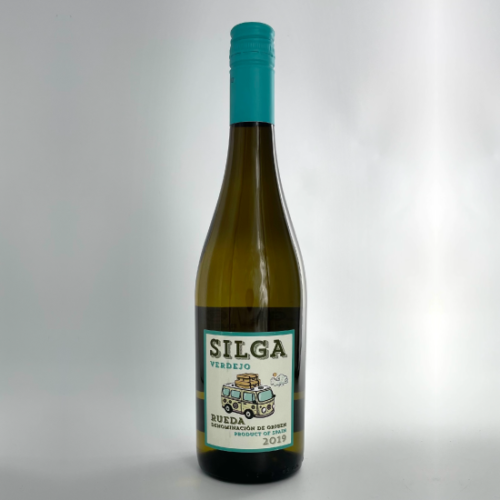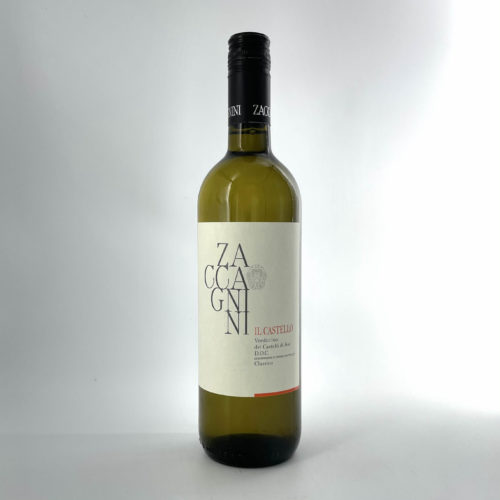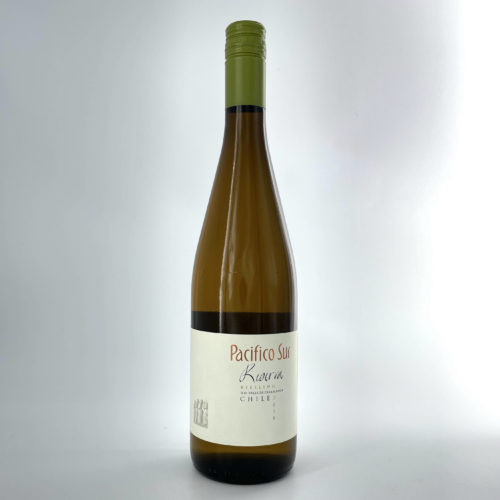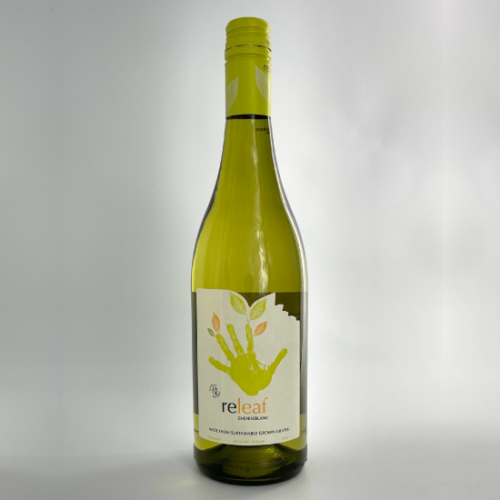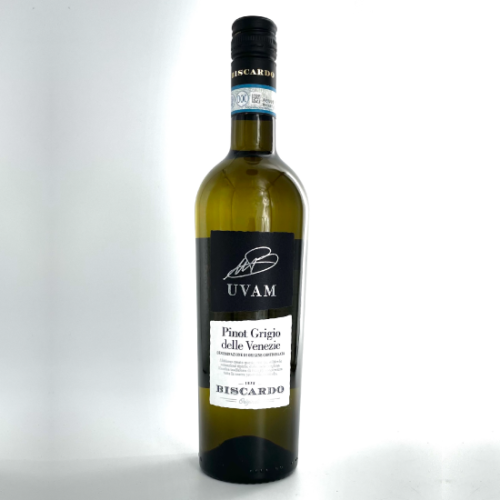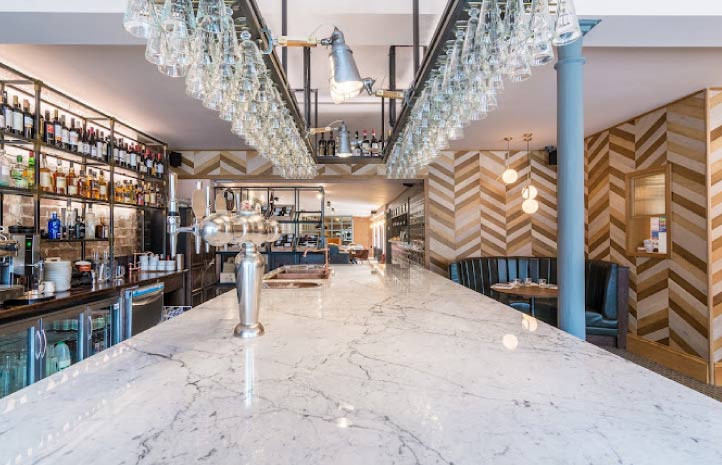Albarino Lembranzas, Rias Baixas, Spain
The DO of Rías Baixas is renowned for the Albariño grape, a native variety that produces some of the best white wines in Spain if not the world. Situated in the northwestern region of Galicia, the DO was formally established in 1988 and Albariño has always been at the forefront of winemaking grapes for this coastal region. The vines here share the same mineral-rich soils and cool climate as some of the world’s other renowned white wine-producing regions, including France’s Loire Valley, New Zealand, and the Rhine region of Germany.
Godello, Lagar do Xestosa, Galicia, Spain
In 2002 Adegas Pazo do Mar was created. It was born of a 30-year family vocation, which respects and admires the age-old Ribeiro wine- making traditions, but has a fresh spirit and vision for the future.
Adegas Pazo do Mar is dedicated to the production of native varietals, including Godello. They are in pursuit of the perfect balance between traditional and modern methods to achieve characterful wines with distinctive freshness. Their commitment to quality led to Pazo do Mar recently investing in the very best of oenological technology.
Traditionally each generation of our family had used this historic site as their initial launching pad as each embarked on its particular quality crusade; but when it was our turn, in the early 2000s, we decided on a totally fresh start not just philosophically (our tenets to respect nature and go back to the old ways) but in a location of our own – with Alejandra running exports and communications, Marco the viticulturist, and Richard the oenologist.
Torrontes, Manos Negras, Salta, Argentina
Alejandro Sejanovich is arguably Argentina’s most knowledgeable viticulturist, working as vineyard director for Bodega Catena Zapata for 16 years, he pioneered high altitude vineyard planting and conducted ground breaking research on Mendoza Malbec clones.
Manos Negras focuses on latitude winemaking, planting Torrontes in the northern stretches of Cadayate in Salta, Pinot Noir in the southern-most region of Neuquen in Patagonia and cultivates 50 year old Malbec vines in the prized Altamira appellation in the Uco Valley.
Muscadet sur Lie, Domaine des Herbauges, Cotes de Grandlieu, Loire valley, France
This family estate has been in production since 1864 and is now the largest single estate in the region.
The vineyards benefit from an exceptional microclimate; the warmth of the Atlantic brings spring early, while the huge Lac de Grandlieu acts like a giant storage heater through growing season. Fourth generation winemaker, Jérôme is committed to the sustainability of the vineyards as well as to the health of the vineyard workers he has even grassed over 100% of the vineyards to reduce the vigour of the vines and to soak up rain at harvest. Each terroir of Domaine des Herbauges expresses its own subtle nuances, and reveals specific particularities and characteristics of the AOC Muscadet Côtes de Grandlieu Sur Lie appellation.
Viognier Le Paradou, Chateau Pesquie, Ventoux, France
This family run domaine came to being in the early 1970s, when Odette and René Bastide spotted the potential of the Ventoux region and took over an area of rundown vineyards. In 1985 Edith and Paul Chaudière took control and created one of the first independent wineries of the AOC, in an area which had previously been dominated by cooperatives. In 2003, Paul and Edith handed over the running of the estate to their two sons, Alexandre and Frédéric, who have since set about converting the domaine to organic farming. They are blessed with vineyards in an enviable location, ideally situated at the crossroads between the Alpine and Mediterranean worlds. An average altitude of the vineyards of more than 300 metres and the wide variation of temperatures between days and nights create an excellent physiological balance in the vines, adding colour, concentration and balance to their wines.
Bonfire Hill Extreme Vinyards, Western Cape, South Africa
Winemaker Trizanne Barnard has years of international winemaking experience. Her passion lies in the Western Cape, making wines sourced from the most extreme vineyards and blending them to perfection.
Trizanne seeks out grapes from wind-ravaged vineyards in Elim, the old expanses of the Overberg Highlands, from dryland bush vines in the warm Swartland and from the high slopes of the Piekernierskloof. They then all come together under Trizanne’s watchful eye to create wines full of flavour, tannin and texture.
Gruner Veltliner Funkstille, Austria
We all need a little ‘Funkstille’ (radio silence) in our life now and again.
Kick back and take a moment to enjoy the silence with a glass of Grüner Veltliner. With its subtle exotic hints, ripe pear and fresh citrus flavours, it’s a dry wine with complex flavours. The palate is rich with flavours of melon and grapefruit with a refreshing, zippy finish.
Verdejo, Silga, Alvarez y Diez, Do Rueda
Alvarez y Diez is one of the most important producers of the D.O. Rueda. They have made major investments to ensure that the winery is at the vanguard of changing wine styles in the region. Concentrating on the indigenous Verdejo and Sauvignon Blanc, they were one of the first to produce the crisp, herbaceous style that is associated with Rueda today and also the first to introduce screw caps to the region.
Verdicchio dei Castelli di Jesi Classico, Zaccagnini, Marche, Italy
On the opposite coast to Tuscany lies the less well known, but no less beautiful, region of Marche. This is where you will find the family run Zaccagnini winery, established by two brothers.
Playing to their strengths, they have focused on the local grape Verdicchio, and the results are spectacular. Their range of three Verdicchios are as distinctive and individual as you could wish for, with each wine having its own personality and textural signature. All are benchmark examples of this lesser known region on the East coast. Whilst they have been working organically for a few years, from the 2020 vintage, the wines are being certified as organic.
Riesling Riserva Pacifico Sur, Valle de Casablanca, Chile
Tutunjian Estate have vineyards across the Central Valley region, with their oldest vineyards located in the prestigious Apalta region of the Colchagua Valley. Well known for their expertise with Malbec and Carmenere, they also work with many other traditional grapes, always choosing the best terroir for each.
Chenin Blanc, ‘Releaf’, Western Cape
A self-empowerment project, ‘Releaf’ project symbolises the true meaning of sustainability and harmony within nature. Sustainable agriculture is used in order to cultivate 100% hand harvested, organically grown grapes that are used to produce two separate cuvées. Every effort has been made to ensure this wine is as eco-friendly as possible, down to the fact it is packaged using partially recycled glass and is labelled with recycled paper and sustainable ink.
A portion of the proceeds of the Imbuko Releaf wine goes towards supporting the Imbuko Schools Support Project – through which the estate supports a number of children in education by funding scholarships to local schools.
Pinot Grigio Delle Venezie, Mabis, Biscardo Uvam, IGT, Veneto
The Biscardo Family have been making wine from their base in Soave for over 150 years and are currently led by brothers Maurizio and Martino. During the course of Maurizio’s long and illustrious career, he has consulted for well-known wineries around Italy and in doing so he came across the vineyards for their Puglian wines. Both the Pugliese and Veneto wines are characterised by an almost dangerous drinkability, aromatic purity and exceptional value for money.

